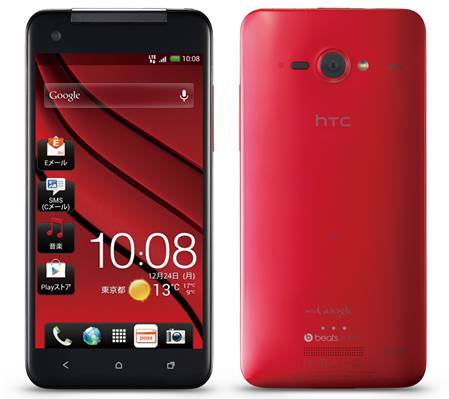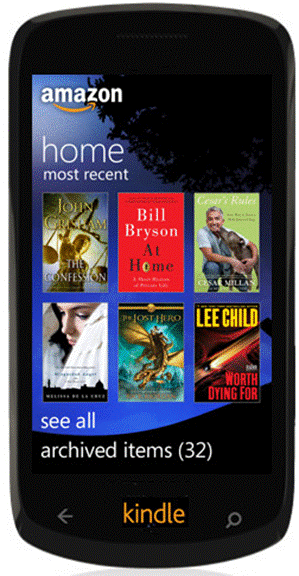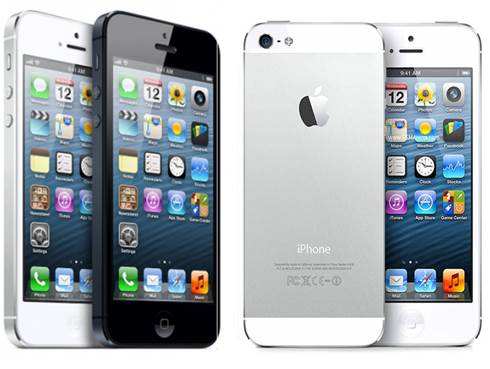Ever heard of these things called
smartphones? We reckon they could be pretty big this year - quite literally, if
the size of some of these mammoth screens is anything to go by
HTC Butterfly
Our American friends on Verizon are
already able to enjoy the 440ppi screen on the Droid DNA (that's a whopping 140
more than the Nexus 10) but now that 4G is available in Blighty HTC have
realized they can deprive us of it no longer and plan to release it here as the
Butterfly. With both cameras able to shoot 1080p video and a 5in screen
capable of playing it back at full resolution (plus a quad-core processor and
2GB RAM to push it all along) the Jelly Bean- powered Butterfly looks capable
of toppling the Galaxy S III from its throne.

HTC
Butterfly
Samsung Galaxy S IV (expected April)
With the buzz around the S III up there
with that of an Apple launch, the fourth Galaxy phone is more highly
anticipated than Piers Morgan being exiled to deep space. Rumors suggest a
flexible display, but we'd be happy with a better camera, improved battery life
and a 5in screen.

Rumors
suggest a flexible display, but we'd be happy with a better camera, improved
battery life and a 5in screen.
Kindle phone
With the Kindle name now firmly established
in the world of tablets could a smaller screen size be next on the cards? While
it wouldn't be so great for reading, these days the Kindle experience includes
much more than just words. For instance, the ability to buy lots more stuff
from Amazon...

While
it wouldn't be so great for reading, these days the Kindle experience includes
much more than just words.
iPhone 5S
Reports suggest a 5S is already in
production, hinting at an earlier than normal launch, and given that Apple
upgraded the iPad after just six months last year maybe they're true. Their
competitors have come on leaps and bounds, so we're expecting some real
innovation from the Cupertino crew.

Their
competitors have come on leaps and bounds, so we're expecting some real
innovation from the Cupertino crew.
Fire fox OS a hacker's dream
Mozilla's Firefox has been the geeks'
browser of choice for well over 10 years, mainly due to developers taking
advantage of its open-source nature and constantly adding functionality with
nifty extensions. Mozilla's new mobile OS adopts the same ethos. Built entirely
with HTML5, it's designed for touchscreen phones, although with the same
Linux basis as Android all the basic functionality (calls, texts, camera and
web browser) and the familiar gestures such as pinch to zoom and swiping
from the top to reveal the notifications bar are there. Want to build an app
for it? All it takes is a few simple lines of code added to your website and
your app is done. And the best thing is it's not restricted to mobiles. An
enterprising hacker has already installed Firefox OS on a Raspberry Pi. Where
next? Over to you...

An
enterprising hacker has already installed Firefox OS on a Raspberry Pi.